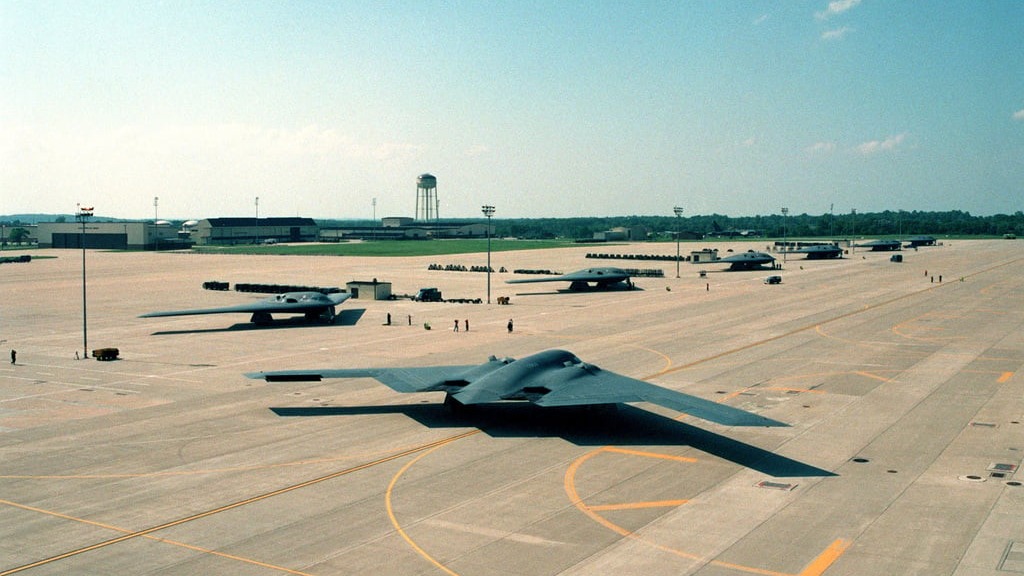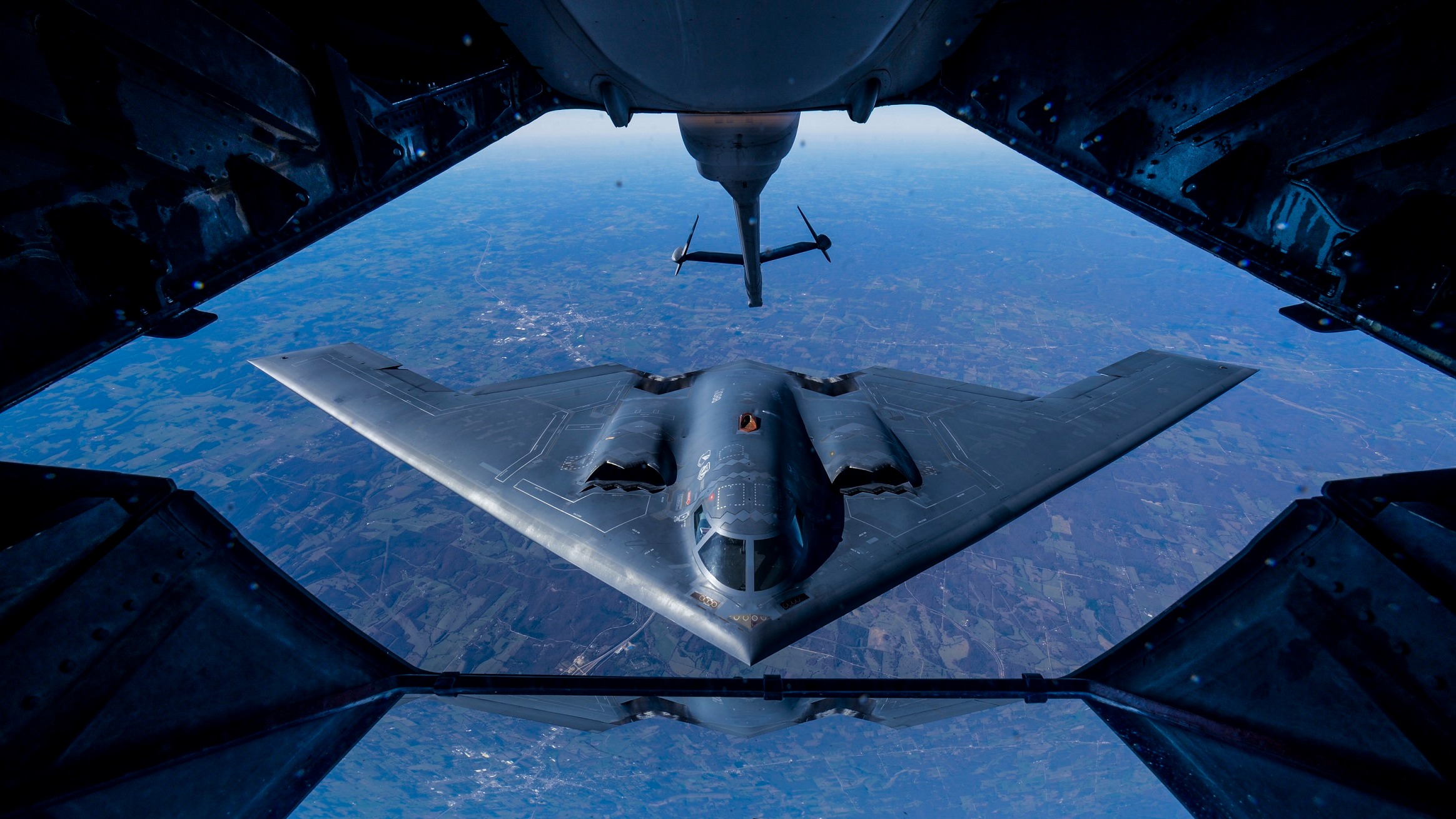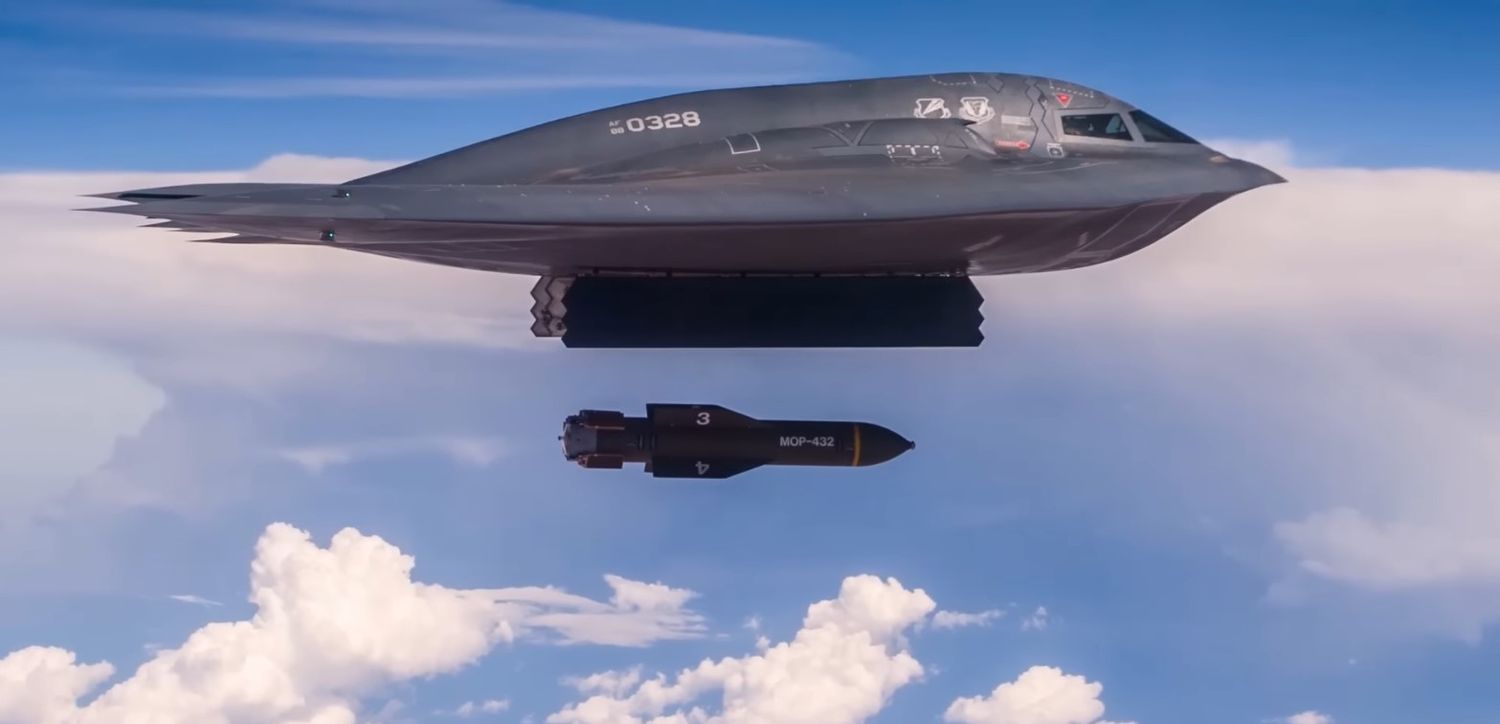The Bunker Buster Act: Will the U.S. deliver B-2 bombers to Israel?
The Bunker Buster Act: Will the U.S. transfer B-2 bombers to Israel?
In March 2022, a quietly introduced bill in the U.S. House of Representatives laid out a scenario that, until recently, seemed unthinkable: the Bunker Buster Act. The proposed legislation authorizes the President to take specific actions to ensure Israel is prepared for all contingencies, should Iran pursue the development of a nuclear weapon. Among those actions is the potential transfer of the GBU-57 Massive Ordnance Penetrator (MOP) and the deployment of specialized infrastructure for its use. As the only platform capable of carrying the MOP, the hidden protagonist of the text is the B-2 Spirit stealth bomber—arguably the most sensitive and guarded asset in the U.S. strategic aviation arsenal.
A proposal revived by combat
Though introduced in 2022, the bill gained renewed traction following the June 22 U.S. strikes on Iranian nuclear facilities, carried out by B-2 Spirit bombers using MOPs during Operation Midnight Hammer. According to the White House, the mission destroyed underground sites at Fordow, Natanz, and Isfahan.
The mission involved more than 125 aircraft—a massive and complex logistical undertaking that required the B-2s to fly over 30-hour round-trip sorties from U.S. territory.
This level of operational intensity is part of the rationale for potentially pre-positioning assets in the region. While the U.S. has historically kept the B-2 under tight operational control, establishing infrastructure closer to the theater could reduce the reliance on aerial refueling and shorten response times.
Strategic risks: why not in Israel?
Yet the counterarguments are significant. Deploying B-2s to Israeli territory would be both strategically risky and politically explosive. The B-2 production line was shut down years ago, and the USAF currently operates only around 20 of them. Losing even one—whether to an Iranian missile or to one launched by a proxy such as Hezbollah or the Houthis—would be a strategic and symbolic disaster for the U.S.
If the Bunker Buster Act were to move from legislation to operational planning, the most plausible scenario would not involve U.S. B-2s landing in Israel, but rather a more indirect architecture: Israeli crews trained by the USAF, operating B-2s from a third-party allied base outside the range of most Iranian missiles. Greece and Italy stand out as potential hosts. This arrangement would be more secure, compartmentalized, and politically viable for both Washington and Jerusalem.
Would the USAF expose its most advanced deterrent platform?
At the core of the issue lies the weapon and the platform. The MOP is a 30,000-pound (13,600-kg) precision-guided bomb designed to penetrate up to 60 meters of earth and reinforced concrete before detonation. It can only be deployed by one aircraft: the Northrop Grumman B-2 Spirit stealth bomber.
The B-2 is a critical component of the U.S. nuclear triad and one of the most highly protected assets in American military doctrine. Its operational deployment is strictly limited due to security, maintenance, and logistical concerns. For that reason, even considering its use outside the continental U.S.—or, more radically, under partial operational control by a foreign ally, even with a dual-key system—represents an unprecedented doctrinal shift.
From doctrine to potential action
The Bunker Buster Act is not a blank check. The text mandates that any such measures must be based on a joint study by the U.S. Department of Defense and the Israeli government assessing Israel’s needs to maintain its “qualitative military edge” (QME). Only if the President certifies that such steps are vital to U.S. national security could infrastructure be built—extended runways, munitions storage, and other components necessary to employ the MOP.

Additionally, the bill authorizes joint R&D for new bunker-busting weapons, aimed not only at Iranian targets but also Hezbollah’s underground weapons storage and production sites.
Any eventual transfer of the MOP to Israeli custody would require a dual-key mechanism, contingent upon verified Iranian violations of the NPT Safeguards Agreement and the assessment that Israel lacks alternative means to neutralize Iran’s underground nuclear infrastructure.
A new paradigm?
The timing of the bill’s revival is no coincidence. Several lawmakers cited the June U.S. offensive—which, according to the Trump administration, “obliterated” Iran’s nuclear program—as the immediate context. While IAEA experts warn that Iran could reconstitute its enrichment capabilities within months, the Pentagon now estimates that the strikes may have set the program back by up to two years, according to Reuters. In that scenario, the Bunker Buster Act functions as both a preventive message and a structural deterrent in case Tehran opts for accelerated nuclear reconstitution.
Even if it never materializes in concrete actions, the very existence of this bill—introduced amid escalating nuclear tensions—signals a new dimension in U.S.–Israeli military cooperation.
Were the U.S. to allow Israel to host or even operate the B-2 Spirit stealth bomber, it would mark the partial transfer of a strategic capability never before shared—not even with NATO’s closest allies.

The political momentum behind the Bunker Buster Act is far from neutral. According to data published by IsraelPalestineNews.org, between January 2023 and March 2024, AIPAC (American Israel Public Affairs Committee) contributed over $585,000 to Congressman Josh Gottheimer, the bill’s lead sponsor, and $107,000 to his colleague Mike Lawler, a co-sponsor. While both lawmakers have framed the bill as a matter of national security, the scale of AIPAC’s financial support fuels ongoing debate over the lobby’s influence in shaping sensitive areas of U.S. foreign policy.
As a political and doctrinal precedent, the Bunker Buster Act has no parallel. Whether it will evolve into a real-world military framework remains to be seen, dependent on a complex mix of operational, diplomatic, and intelligence variables.
But in the world’s most volatile region—where underground threats are not just geological, but geopolitical—the very design of this legislative architecture already functions as a strong warning.


Para comentar, debés estar registradoPor favor, iniciá sesión